I’m Max, and I’ve been describing the last few years as the “Golden Age of Hardboot Splitboarding.” Recently, one of the key characteristics of the golden age, choice, has changed significantly. Phantom Snow Industries is no longer making hardboots. Rather than backing out, we went all in and designed our own hardboot based on the Atomic Backland Pro. We are doing hardboot conversions in-house at Alpenglow Sports with Phantom Snow Industries components.
This article details why hardboots have been having a golden age and what boot options you’ll have to keep the dream alive.
Table of contents
Why hardboots?
Before being able to explain the advantages of hardboots, I want to first explain a key feature of softboots that has served us well up to this point.
Imagine your favorite snowboarder doing a fully tweaked indy grab. To really steeze that out, that rider needs lateral (side to side) flex in the upper cuff of their boots. Fortunately, all softboot snowboard boots have lateral flex in the upper cuff. Snowboarders need that flex even if you’ll never tweak an indy grab. Lateral flex is what allows you to have a wider stance than your hip width without discomfort. Because the upper cuff of your boot can flex inwards towards the center of the board, you can have a super wide stance without having any misalignment or knee pain.
Want to know some good trivia? There is not a single ski boot currently on the market that has a single degree of lateral flex in the upper cuff. And this is a huge benefit in the backcountry.
Hardboots’ advantage in the backcountry
The main thing that you will do while splitboarding is climb the mountain. You will spend 90% of your time in the skintrack walking uphill. It’s just the reality of backcountry snowboarding. We love it all the same. The primary method for climbing in the backcountry is to traverse (travel across) the width of the slope, make a kick turn, and continue back across the mountain, zig zagging your way to the summit. When you’re traversing the mountain, the slope angle is perpendicular to your direction of travel, and your goal is to keep your skis flat so that you have good skin-to-snow contact and maintain traction. Ever noticed how splitboarders tend to slip more in the skintrack than skiers? It’s because they have lateral flex in the upper cuff of their boots.
Confident climbing
A hardboot offers more confident climbing by making it effortless to keep your skis flat while in the skintrack. I’ll use “skis” to mean the two individual boards you use when a splitboard is "split" for climbing. A softboot flexes laterally at the ankle so when you put your skis perpendicular to the slope, your boot flexes toward the downhill edge and your ski is no longer flat. It falls on your anatomy (ankle tendons and muscles in your lower leg) to counteract this flex and keep your ski flat. If you’ve ever had a hard time climbing on a splitboard, it’s because you had a lot of extra work to do!
Because a hardboot does not have lateral flex, the upper cuff of the boot remains rigidly upright and your ski remains flat. This is true no matter the density of the snow surface or the angle of the slope. These benefits are “built in” and automatic. You do not need to exert much, if any, physical effort to maintain a flat ski. If the snow is hard, a hardboot makes it easy to dig in your edges and get some purchase. If you need to change your ski angle relative to the slope, you do so with much bigger muscle groups in your knee and hip. These muscles are better suited to the challenge than the small muscles and tendons in your lower leg.
Two things happened when I started using hardboots: I stopped slipping in the skintrack almost immediately. Second, I stopped being easily fatigued from climbing. I actually noticed I seemed to fare better than even the skiers in my party. I still describe the feeling of climbing in hardboots as “my superpower.”
How hardboots work
We learned that hardboots don’t have the lateral flex you need to maintain a wide stance, so how do they work? Hardboot splitboard bindings, from Phantom and other brands, are “canted” inwards. Canted means that the bindings are angled towards the center of the board. This allows you to have a wide stance without discomfort. When you’re in ride mode, a set of canted bindings helps things feel similar to a softboot setup. When you’re climbing, you connect your hardboot to the toe piece of your splitboard and climb as normal.
An era of choice
For decades, hardboot splitboarding was a small community of folks who made their own boots and bindings. Splitboard hardboots were modified ski boots, with small innovations made here and there but always reliant on ski technologies and ski companies. The golden age of hardboot splitboarding is defined by snowboarders having a choice between multiple purpose-built, out-of-the-box hardboot splitboarding solutions. For the first time, we have snowboard boots made by snowboard companies specifically for hardboot splitboarding. This era of choice was characterized by large innovations happening quickly and, in some cases, removing the reliance on ski technology alltogether. The new products made in this area we broadly call, “split tech.”
Arguably the biggest contributor to split tech and the rise in hardboot splitboarding has been Phantom Snow Industries and their Slipper hardboot. Alpenglow Sports has sold this boot since its debut and are Phantom's only distributor in California. Phantom makes a full kit of boots, bindings, heel risers, toe pieces, and mounting hardware that has been the industry standard since the M6 binding came out in 2013.
The era of choice was thanks to companies like Spark R&D, Karakoram, Voile, and notably Key Equipment who have risen up around Phantom and sometimes offer superior tech at better prices. When I outfit folks with a full kit at Alpenglow Sports, I recommend a mixed bag of Phantom M6 bindings, Voile STS toe pieces, and other components based on the riders preferences. It’s been awesome to have so many options and it’s helped us really stoke out some up-and-coming splitboarders.
The riders boot
With Phantom out of the boot game(they are still making bindings, hardware, and doing repairs and warranties on boots) what remains as an out-of-box splitboard hardboot is the Key Equipment Disruptive Boot. In my mind, this was always the “riders boot.” My friends that preferred it were optimizing for ride feel and downhill performance over all else. Folks often describe it as a more traditional snowboard boot feeling. Compared to the Phantom Slipper HD, the Disruptive Boot is more damp(absorbs and smooths out impacts) and more burley, with a thick shell and comfortable liner. The flex of the boot is in my opinion much stiffer, really exemplifying the term “hardboot.”
Key Equipment emerged in August 2021. In October of that year, they started taking pre-orders and the first pairs of boots were delivered to customers in January 2022. The following season (2022/23), Key increased production significantly and started working with a few shops, including Tahoe Sports Hub in nearby Truckee. The Key boot is heavier than the Phantom boot and has a much more limited range of motion when you are in walk mode. For many, these are compromises they are willing to make.
Where the Phantom boot excels
Alpenglow Sports is a Phantom demo center so we have sent dozens of snowboarders out on our demo fleet of their boots and bindings. Talking to folks after their day out is one of the most fun parts of my job. Phantom boots have the “wow” factor of nothing else that we sell in our shop. Just about every demo comes back with folks who are totally blown away at what the hardboot experience is actually like. The most common feedback is that Phantom boots don’t feel like hardboots at all. They provide a surprisingly natural, soft flex and are, in my experience, softer than most high-performance softboots.
The Phantom boot is soft because it’s incredibly light. The boot starts it's life as a sub-1000 gram “ski-mo” boot that is then modified for snowboard use. This means that my Phantom boots are lighter underfoot than any of my ski partners. I’m sure most are surprised to hear that. I certainly did not expect that the folks in the lightest boots are actually snowboarders! Pair that with my daily driver, the Jones Ultralight Butterfly, at just 1,300 grams per ski, and my kit is often the lightest on the mountain any given day. **The main reason this holds true is there are almost no ski-mo enthusiasts in Tahoe. My mentor jokes that “we chased them all away in the 90’s.” There are lighter ski setups but we simply don’t ski them in Tahoe(or sell them at Alpenglow Sports.) The average backcountry skier is on a 1,300-1,400 gram boot and a 1,400-1,600 gram ski.
Now for the famous contradiction: The Phantom boot is made of such light materials that it actually does have some lateral flex in the upper cuff. Phantom doesn’t advertise it, nor do you experience it often, but when you are aggressively riding your snowboard you will flex the boots laterally. If you want to really tweak a grab, you will get that extra flex. I think this is one reason folks are so drawn to the Phantom boots. The Key boot doesn’t seem to have as much lateral flex.
Walk mode performance
A boots range of motion is the degrees that the upper cuff can flex while in walk mode. Uphill-oriented ski boots have a range of motion of 60-70° and I estimate the Phantom boot has a full 70 degree range of motion. As a fellow with tight hamstrings, this means that the boot flexes further than my own anatomy, which creates a pretty awesome circumstance where I am genuinely unencumbered by my boot while walking. It has more flex than I can even use.
A large range of motion has a few benefits in the backcountry, especially when compared to softboots. First, you can increase the length of your stride, both stepping forward further(flexing the boot towards the back of the ski) and striding longer (flexing the boot towards the front of the ski). A longer stride means you need to take fewer steps to reach your destination. I often contribute my lower level of fatigue on big missions to the fact that I’ve taken fewer steps than others. Even a 5 degree difference in range of motion results in hundreds or thousands of fewer steps required.
A large range of motion also allows you to climb steeper slopes. Because the boot flexes forward more, your shins are not “running into” the front of your boot and limiting your forward progress. When you're climbing steep slopes with high heel risers, you will impact the front of your boot as soon as you step forward and if your boot doesn't have a large range of motion you will be making very little progress. I like to go uphill fast(you get more downhill!) and you simply can’t do that when waddling like a penguin.
Excellent tunability
The Key boot is a more traditional ski boot in that it uses the flex of the plastic to determine the overall flex of the boot while riding. The Phantom boot is quite different because the flex of the boot is derived from a spring that connects the upper and lower cuff of the boot. Phantom offers multiple spring weights so that you can tune the flex to your liking. That’s the first thing folks should do to dial in their boot: Try different springs and see what you like.
Your next opportunity to dial in flex is the liner of the boot. The Phantom boot comes with a very soft liner and I immediately replaced mine with a Intuition Tour Wrap, which slows down and stiffens the flex of the boot. Lastly, you have the tongue. The Slipper HD comes with a removable tongue that you remove for climbing and replace for descending. Using(or not using) the tongue is yet another opportunity to tune the flex of the boot. I do not use the tongue as I do not need an extra(super fiddly) step in transition.
Technical climbing prowess.
We’ve talked about performance in the skintrack, so what about out of the skintrack? Hardboots really shine when bootpacking! The main benefit is the ability to use automatic crampons and the incredible confidence that they bring compared to softboot crampons. Stepping out of a crampon is absolutely the last thing you want to do. I had a handful of harrowing experiences booting coluoirs in my softboots and I haven’t come out of a crampon since making the switch. Automatic crampons open up the use of modern ascent plates and other mountaineering accessories that are off limits for softboots.
Hardboots gave me a lot more confidence up in the high mountains and that's where I need it most. If you’re keen on sticking with softboots, do yourself a favor and get the much improved Fil Flex Wide Toe Bail.
Cultural acceptance… kinda
Another reason for the golden age is the explosive growth of hardboots in the backcountry community. I see a splitboarder in hardboots almost every day that I go out and we’ve built a nice little community together. It helps that some of the “new age” of backcountry snowboarders are on hardboots and achieving insane feats thanks to the performance benefits. Folks like Zach Mills(rides Phantom) and Krister Kopala(rides Key) come to mind. There's a growing community of hardbooters out there and we are welcoming newcomers with open arms. That said, hardbooting is not the move of the core lords. You will need to get your talking points up when the good old boys come brapping around. Use some of the points from this article and own it. Snowboarding is a counter culture movement and nothing is more counter culture than turning your back on the establishment(Burton) and trying something new that makes you feel good. Stand in your power, hardbooters.
How to keep it going
Boots are what make this whole ecosystem work, so started investing in new paths forward. Alpenglow Sports is harkening back to the early days and is modifying readily-available ski boots into the splitboarding boot of your dreams. We designed our own hardboot based on the Atomic Backland Pro. We are doing hardboot conversions in-house at Alpenglow Sports with Phantom Snow Industries components.
Phantom is also committing to warranties and repairs for the next five years, so we can work together to keep your existing boots in great shape. If you have Phantom boots already, I’d recommend doing a gaiter replacement asap.
Putting our dollars into the hands of snowboarding companies helps keep the hardboot dream alive. Lastly, show up and push for innovation. We often ask ourselves why a bigger player hasn’t swooped in and made a splitboard boot. We should be loud in this moment and encourage others to step up.
Join me in the golden age. It’s a really good time.


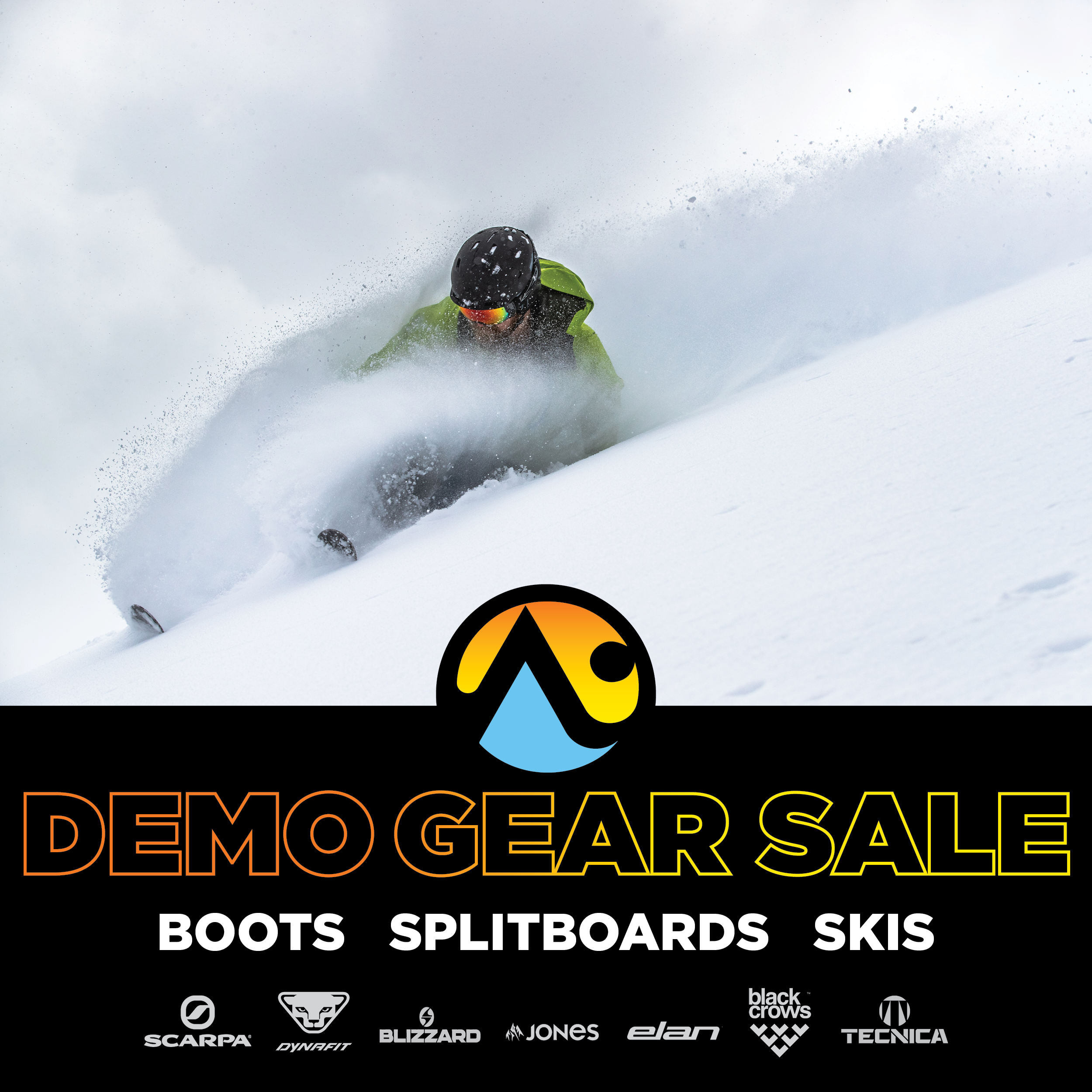
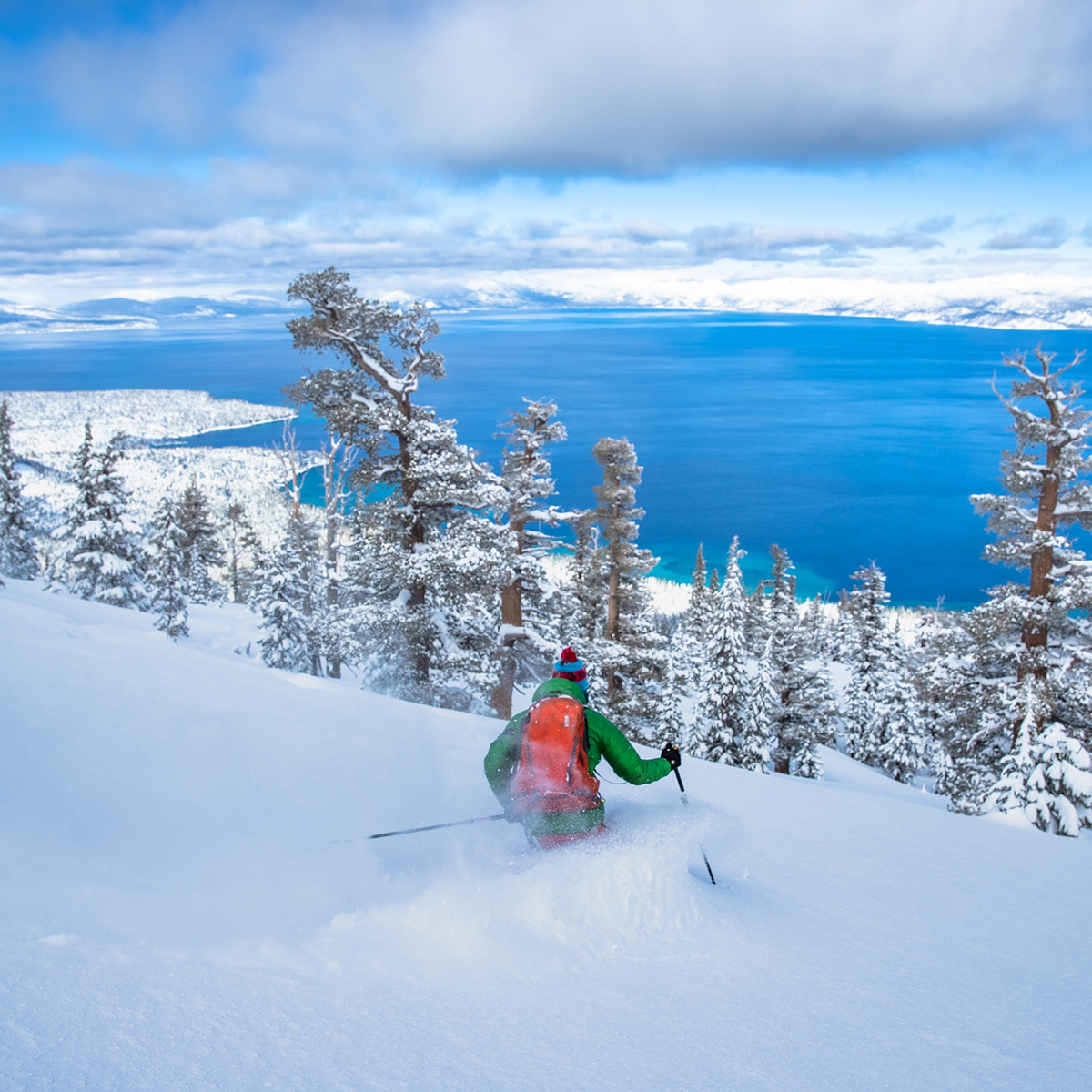
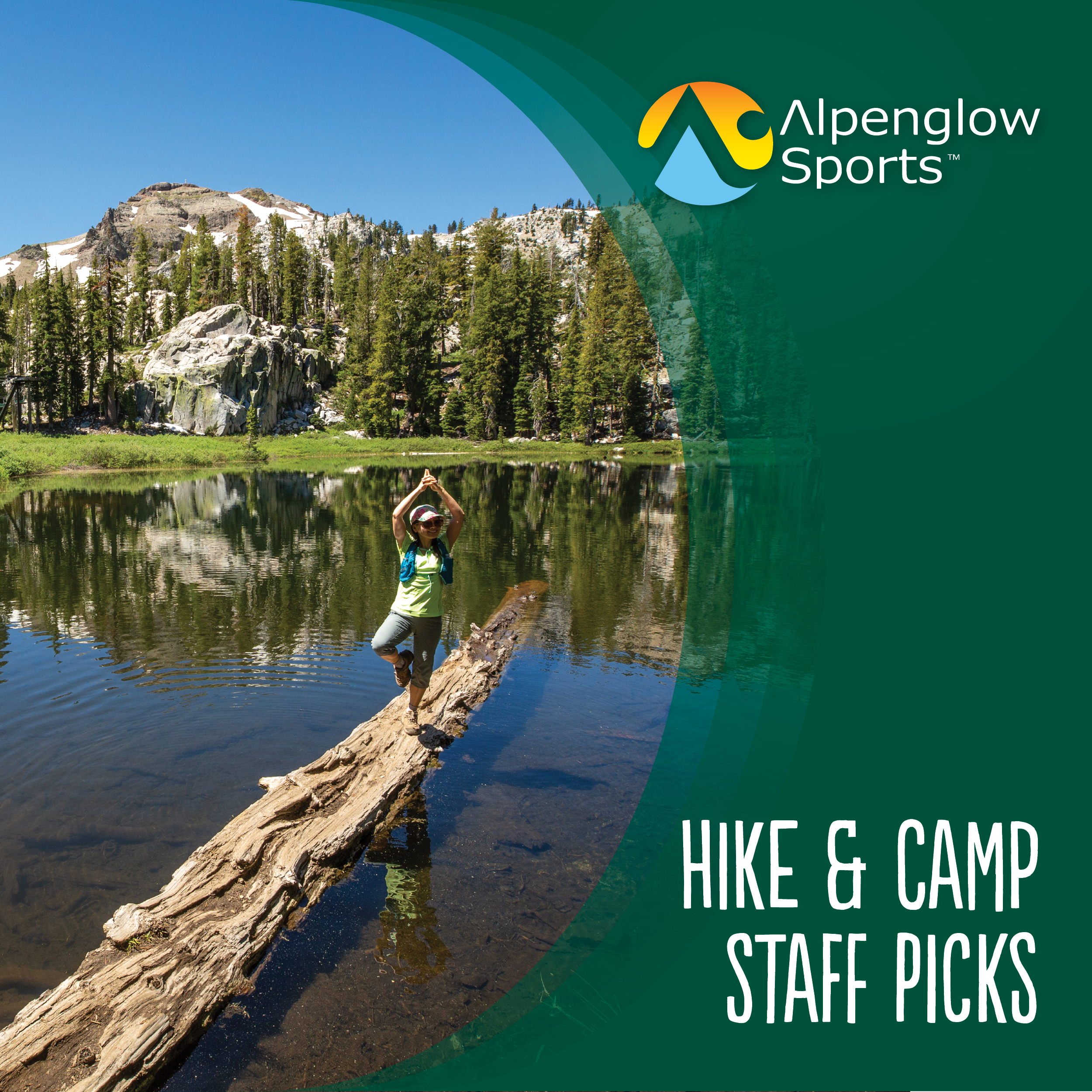
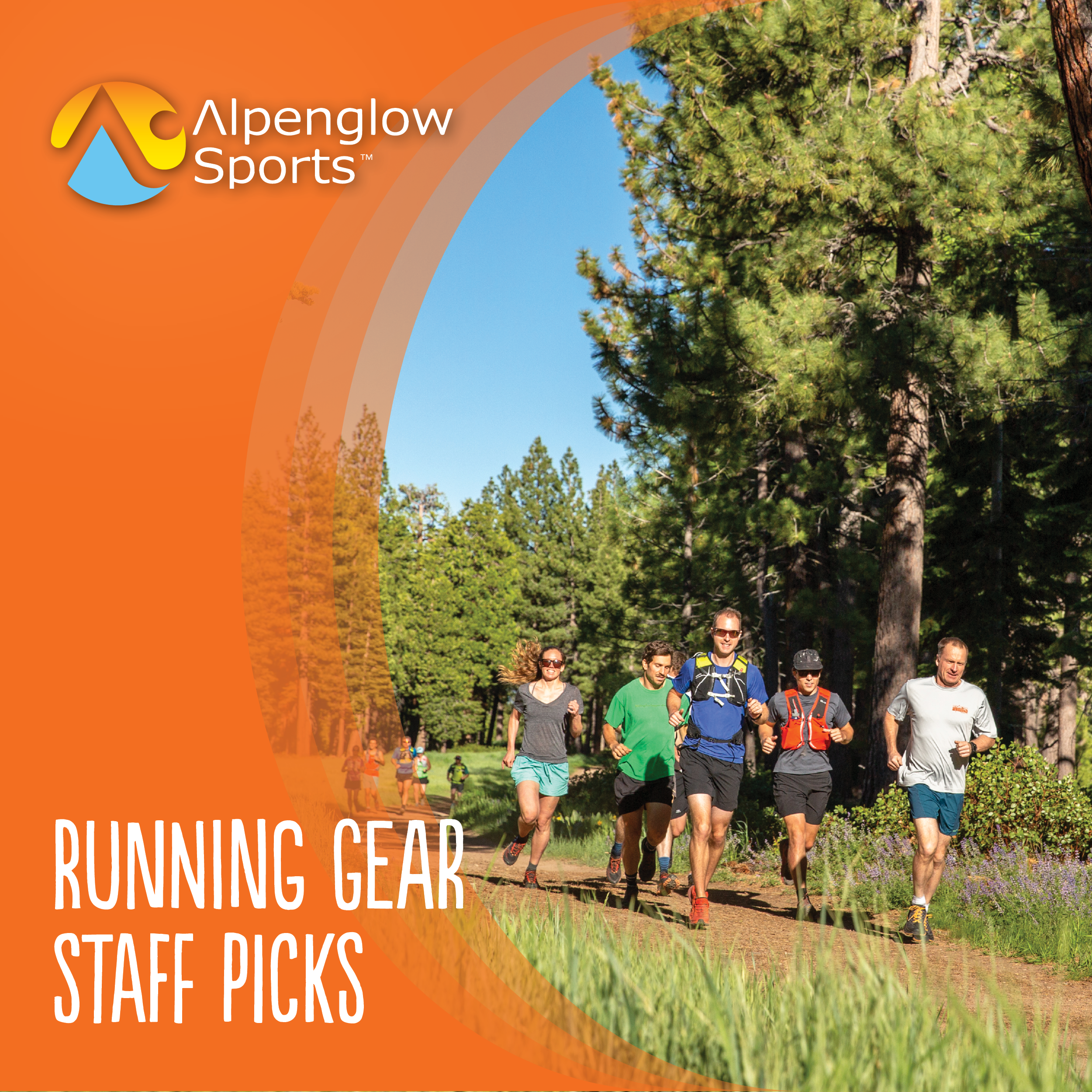

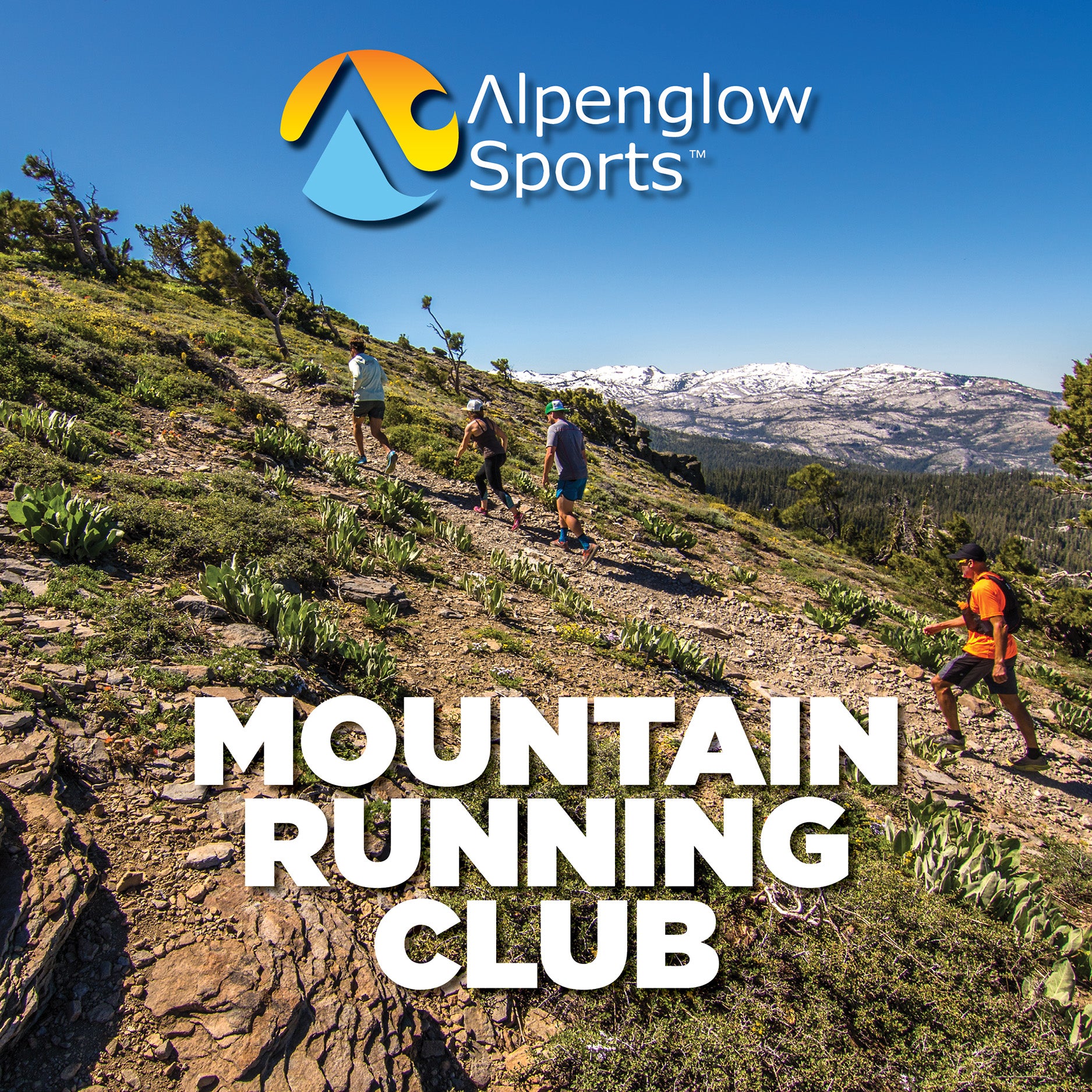
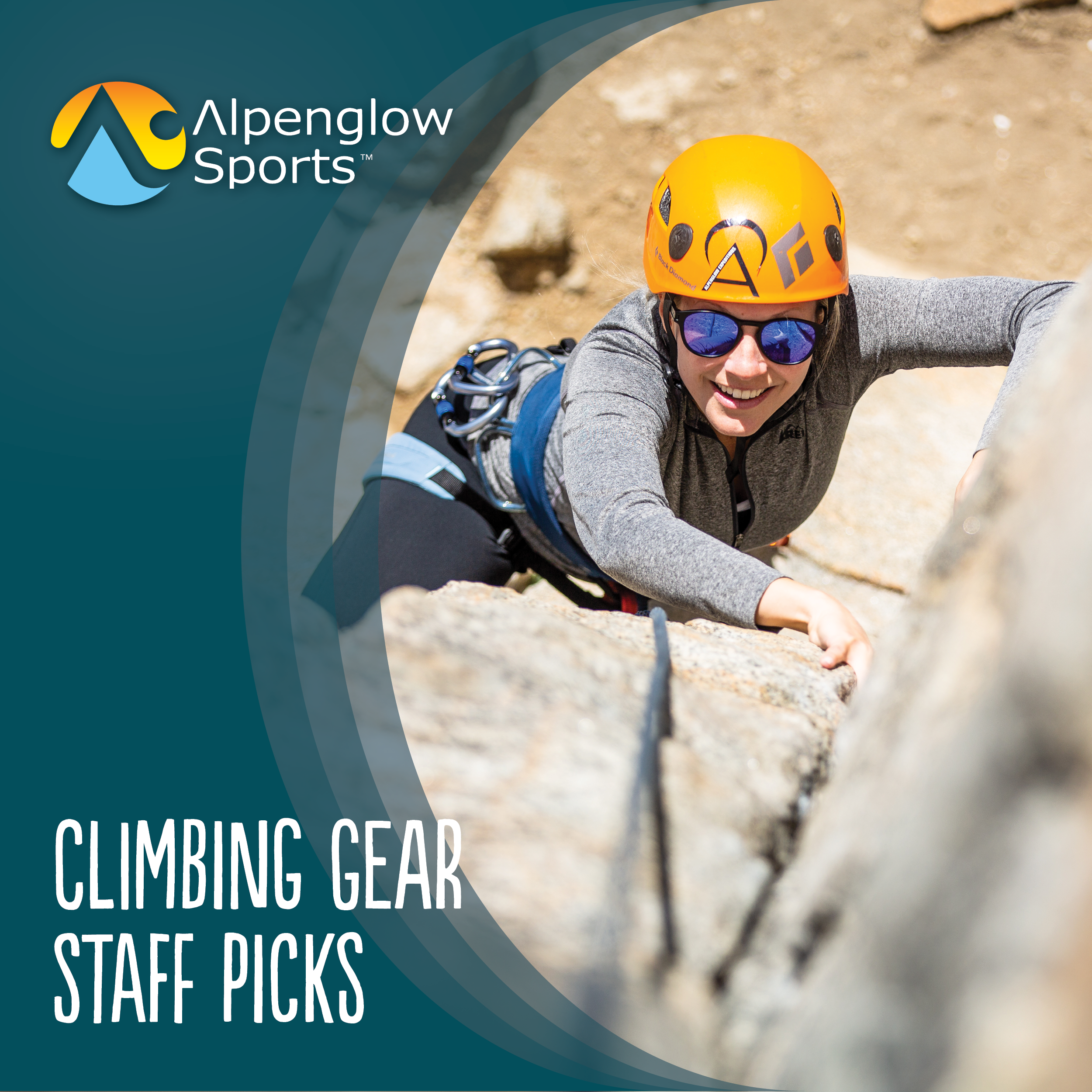
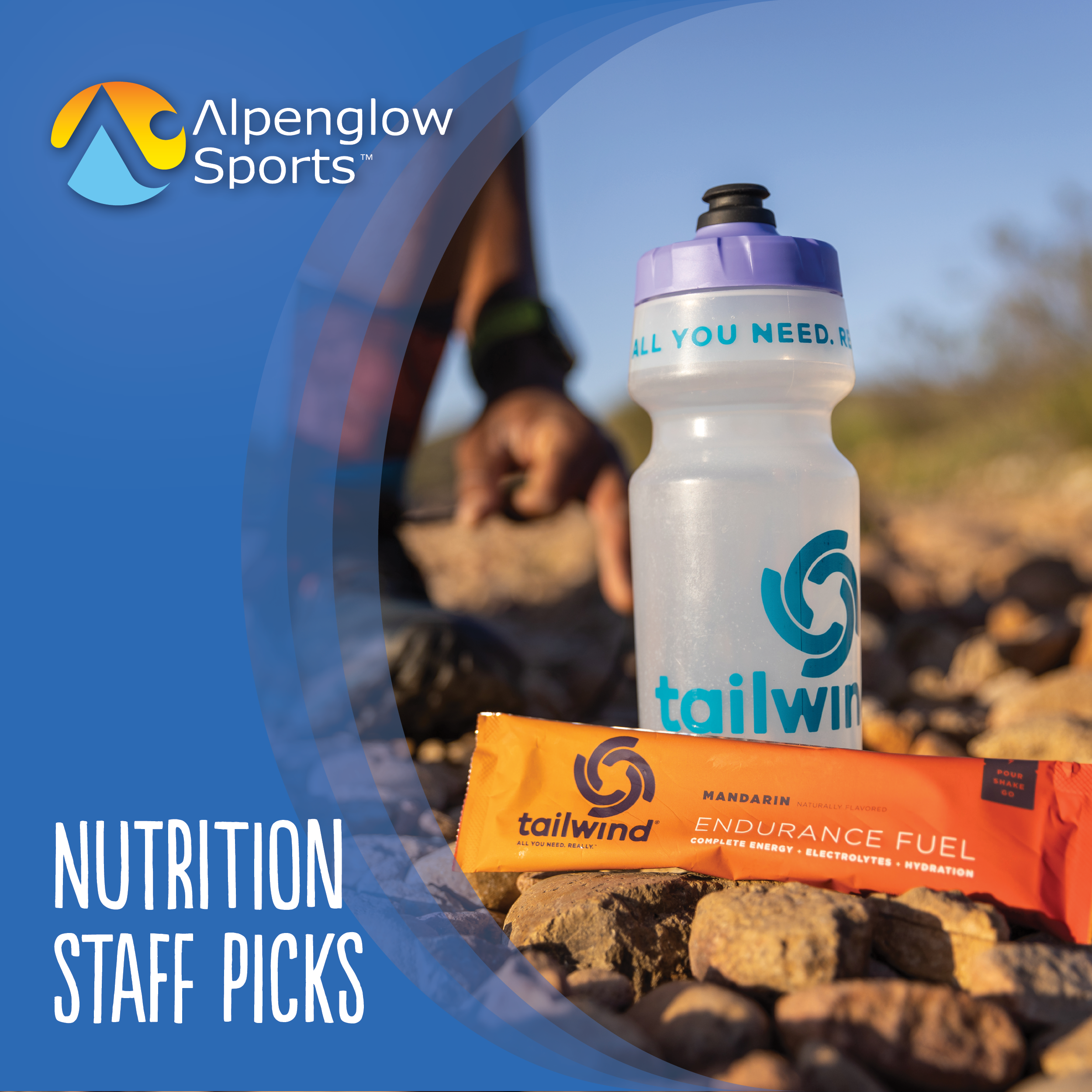




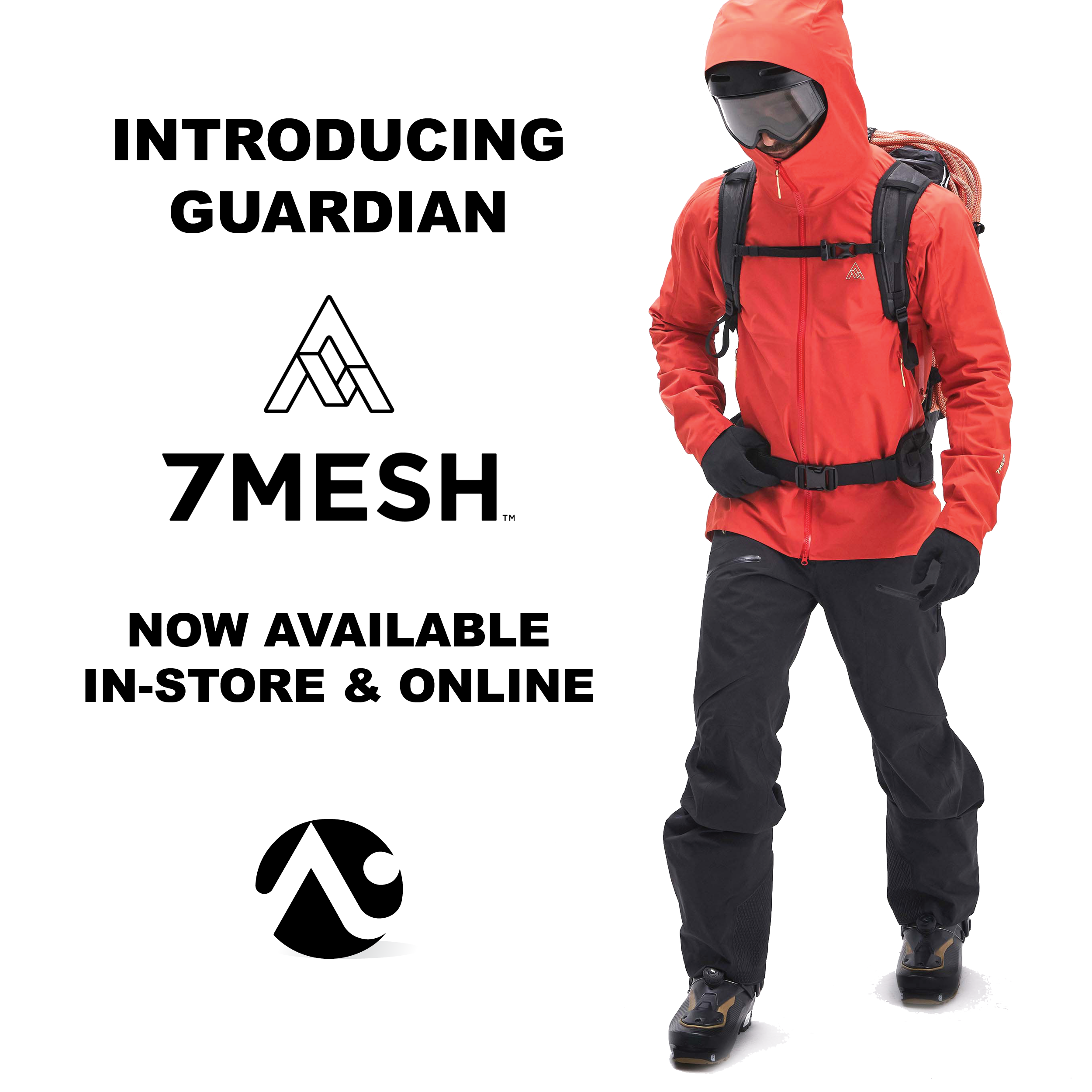

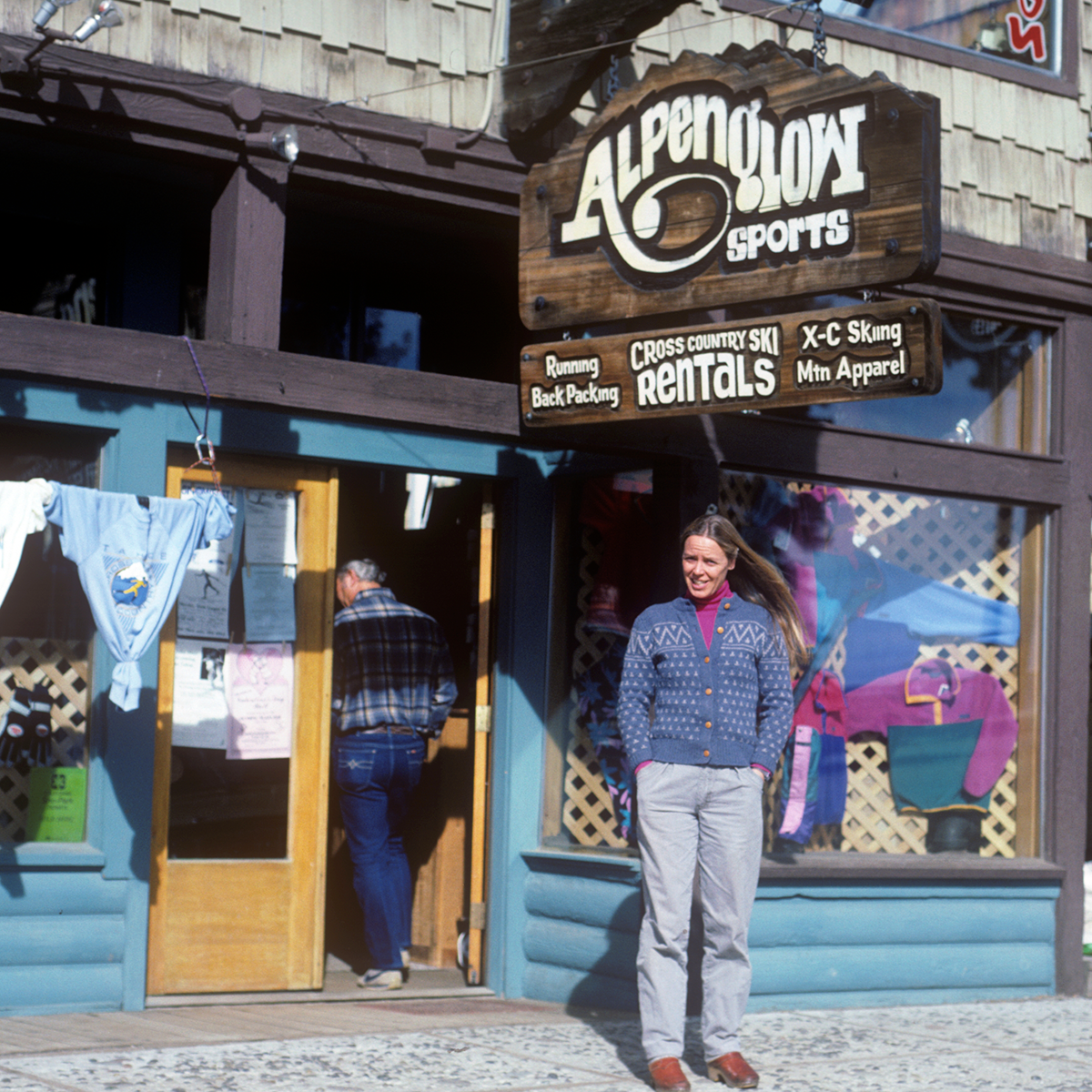
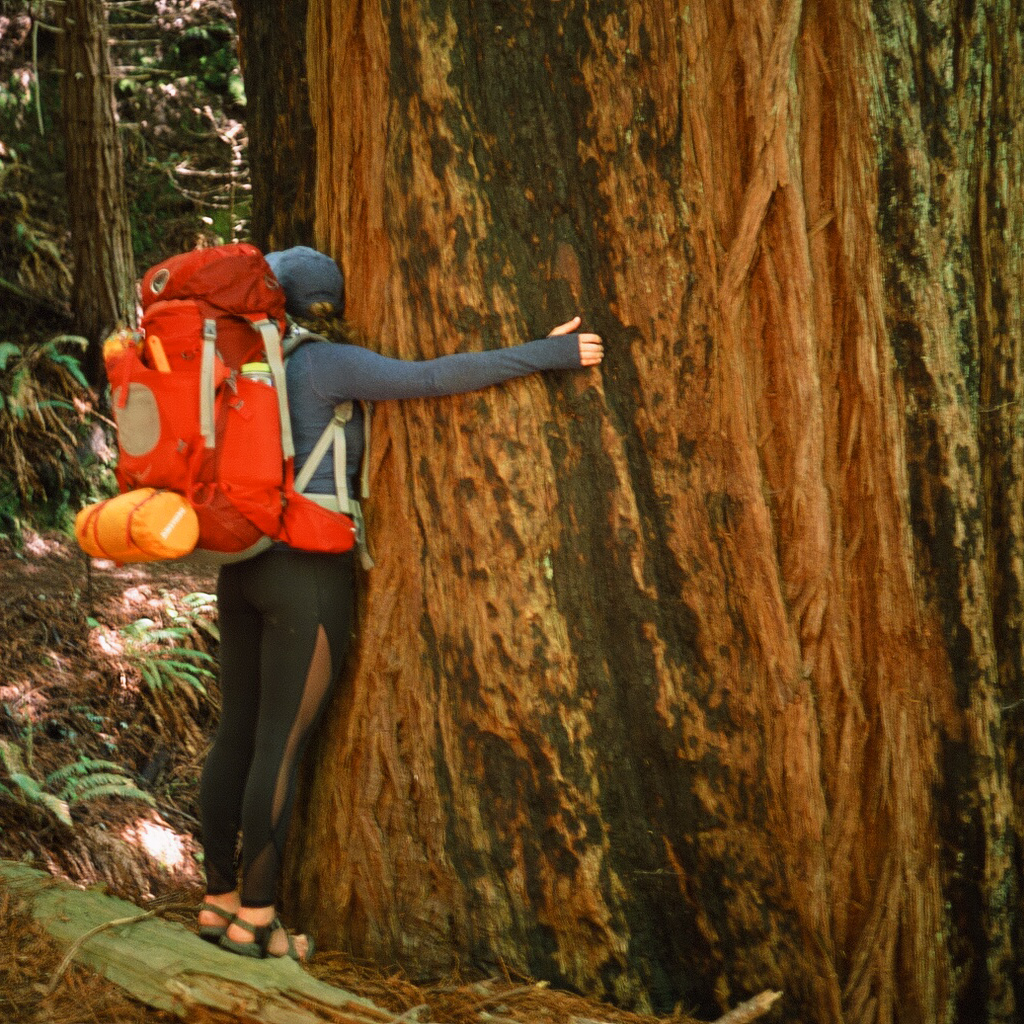


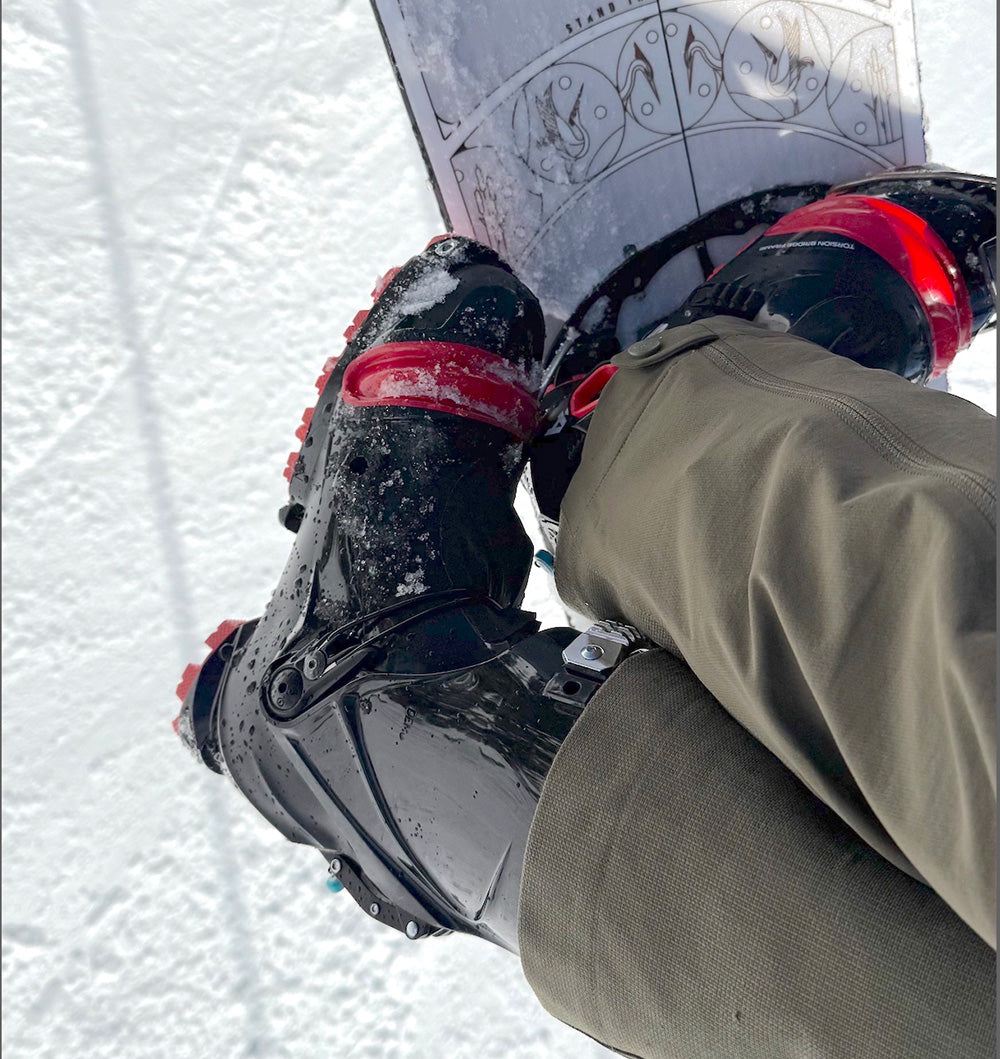
Leave a comment
This site is protected by hCaptcha and the hCaptcha Privacy Policy and Terms of Service apply.